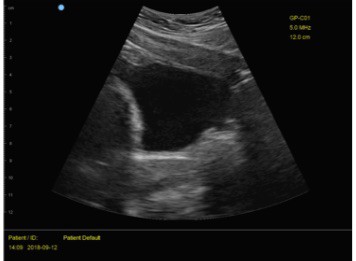Pubic Symphysis Dysfunction

A common condition that doesn’t get a lot of attention is pubic symphysis dysfunction or PSD.
What is PSD?
PSD is pain in the front of the pelvis in between the pubic bones. It can be extremely debilitating, limiting regular everyday activity. Up to 31.7% of women experience this and have trouble walking, doing steps and even rolling over in bed. The pain is generally sharp, shooting and can refer into the groin, legs or low back.
PSD occurs due to ligament laxity in the front of the pelvis. This ligament normally stabilizes the pelvis while allowing a small amount of movement between right and left sides. Relaxin, the pregnancy hormone, loosens this ligament too much which causes instability and pain.
Risk factors for PSD include:
- Genetics
- Previous pregnancy
- Multiple pregnancies
- Being overweight
- Previous back or pelvic injury
- Previous hypermobility
- Lack of regular activity
Treatment
The good news is PSD is often temporary and symptoms improve within approx 3-6 months after birth. A simple examination by your doctor or physical therapist can determine if you have PSD. Imaging is generally unnecessary. Many women find that ice and pelvic support belts are helpful with symptom management.
The Role of Pelvic PT
Physical therapy has been shown to be beneficial in helping to improve symptoms and generally is recommended. Medication can be used for severe pain. Most clinicians advise avoiding extended periods of walking, stairs, standing or lifting until symptoms are better managed. The majority of women are able to return to their previous baseline level of activity within a few months.
Written by Ashleigh Birin, Editing by Keely Faridi







